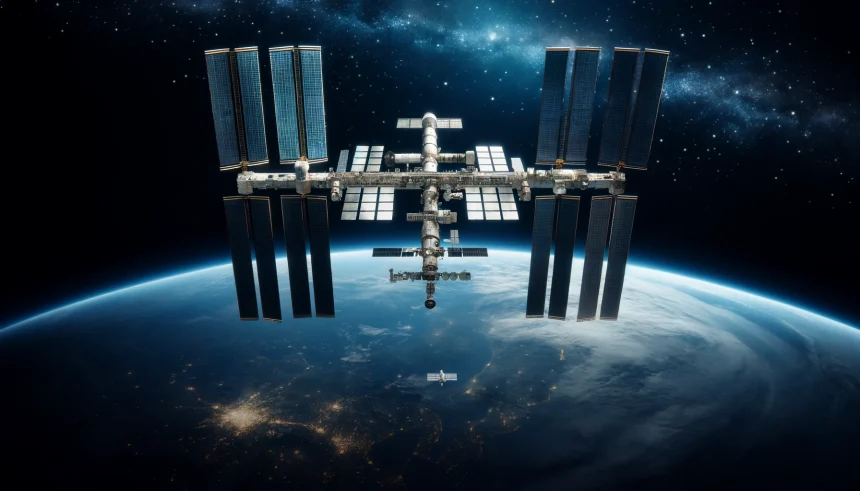New observations from the James Webb Space Telescope have revealed that protoplanetary disks in the early Universe persist longer than previously thought. By examining the Small Magellanic Cloud, scientists discovered that these extended disk lifespans provide more time for planets to form around young stars. This finding suggests that planetary systems could develop more rapidly in the early cosmos than current models predict.
Past studies using the Hubble Space Telescope identified massive planets orbiting ancient stars, raising questions about their formation given the scarcity of heavy elements at that time. The latest JWST data indicates that in environments with fewer metals, protoplanetary disks may remain intact longer, allowing sufficient time for planet growth. This challenges existing theories that were based on shorter disk lifespans in metal-rich regions.
Why Do Protoplanetary Disks Remain Intact Longer?
The research suggests that in regions with low heavy element abundance, stellar radiation is less effective at dispersing protoplanetary disks. This reduced radiation pressure allows the disks to persist around stars for extended periods, facilitating the accumulation of material necessary for planet formation.
How Does Disk Mass Affect Planet Formation?
Another factor is the mass of the gas cloud from which a star forms. In the Small Magellanic Cloud, stars may originate from larger gas clouds, resulting in more massive protoplanetary disks. These larger disks take longer to dissipate, providing a longer timeframe for planets to form and grow to significant sizes.
What Do These Findings Mean for Planet Formation Theories?
“Current models predict that with so few heavier elements, the disks around stars have a short lifetime, so short in fact that planets cannot grow big. But Hubble did see those planets, so what if the models were not correct and disks could live longer?”
Elena Sabbi of the Gemini Observatory highlighted the need to revisit existing theories. This statement underscores the significance of JWST’s findings in prompting a reevaluation of how planetary systems may have developed in the early Universe.
These insights from the JWST are crucial for understanding the timeline and conditions under which planets form across different cosmic environments. By extending the known lifespan of protoplanetary disks, astronomers can better model the emergence of diverse planetary systems, including those that existed shortly after the Big Bang.
The James Webb Space Telescope’s observations offer a deeper understanding of how planetary systems might have emerged in the early Universe, potentially rewriting parts of the cosmic narrative.










